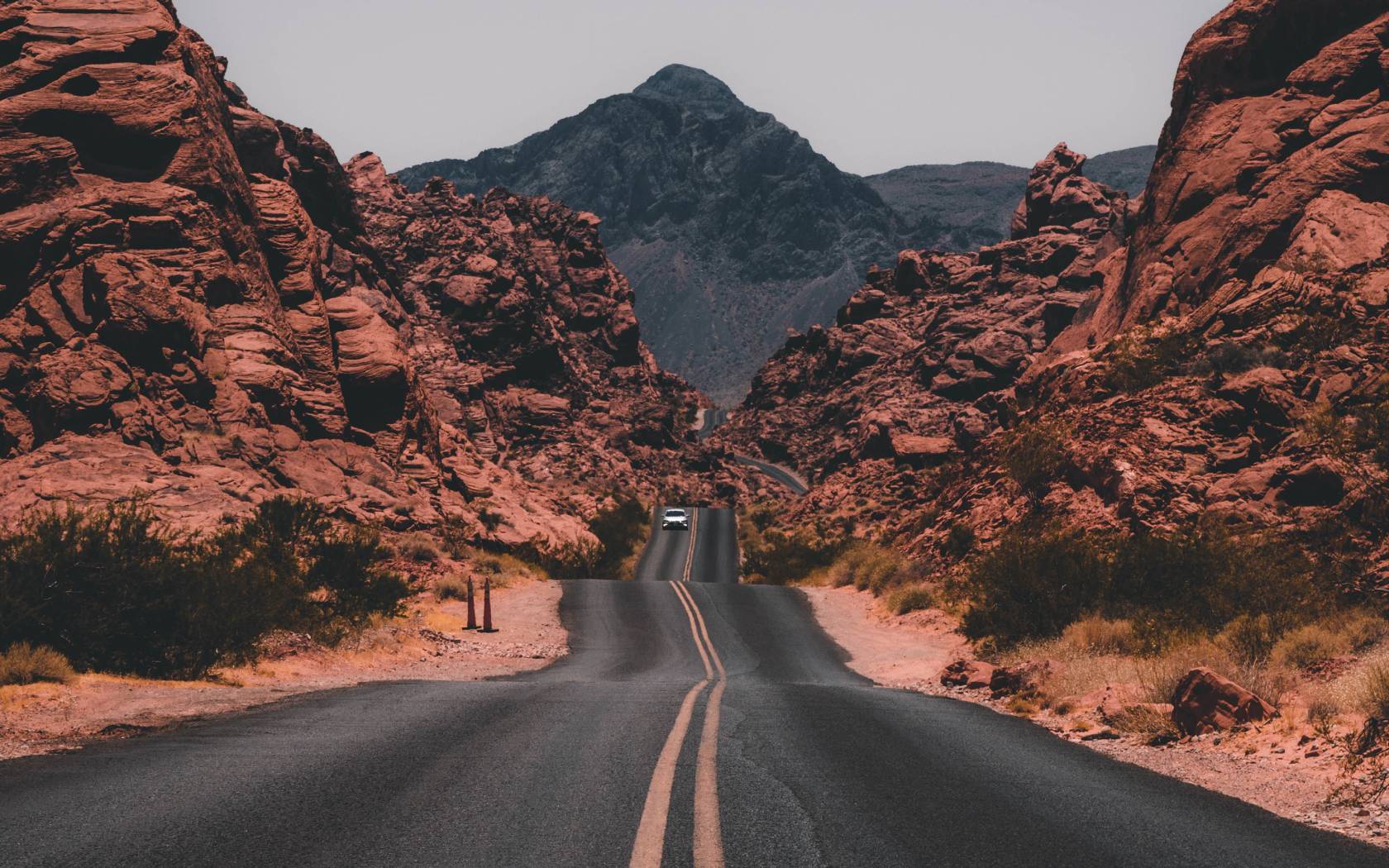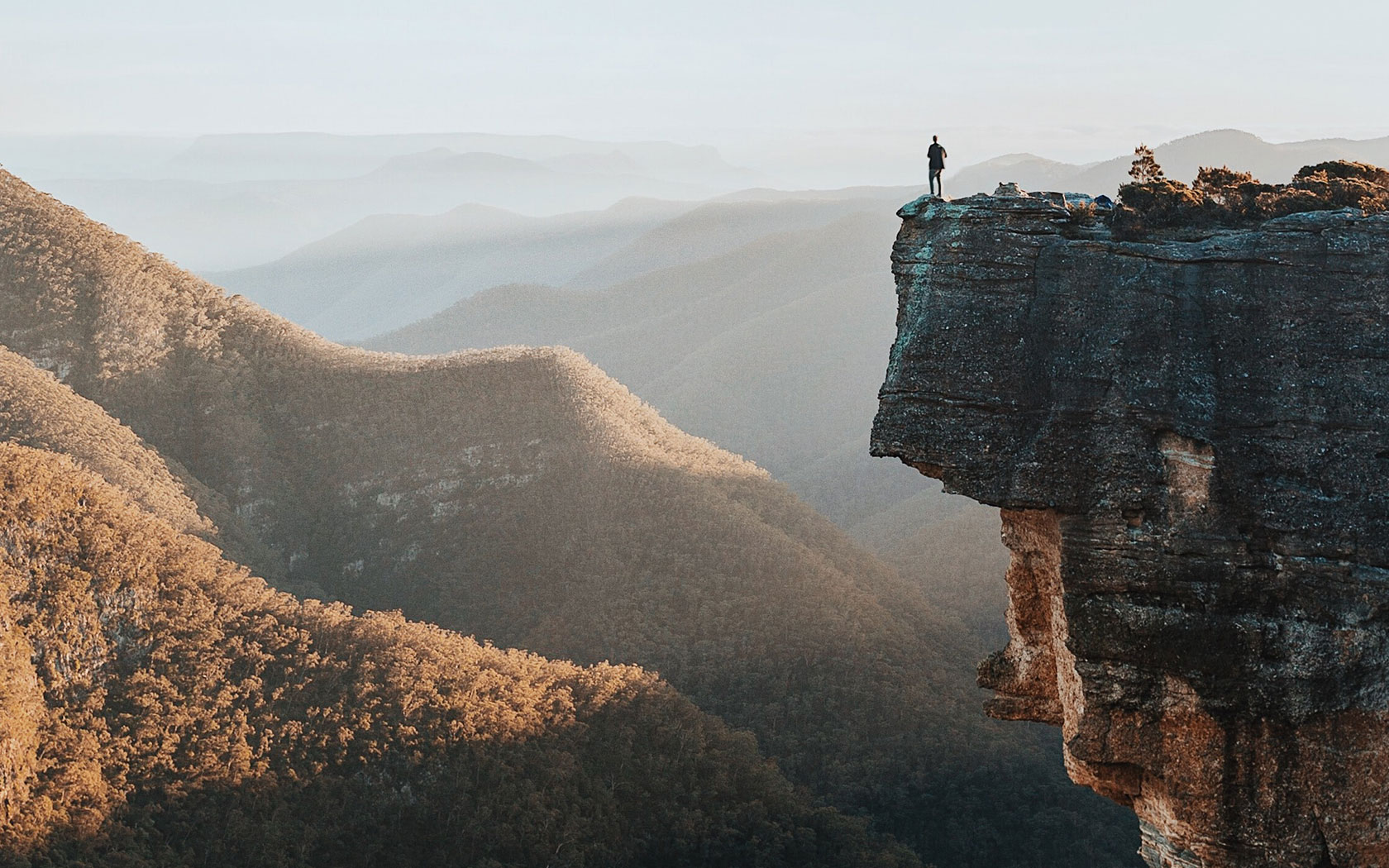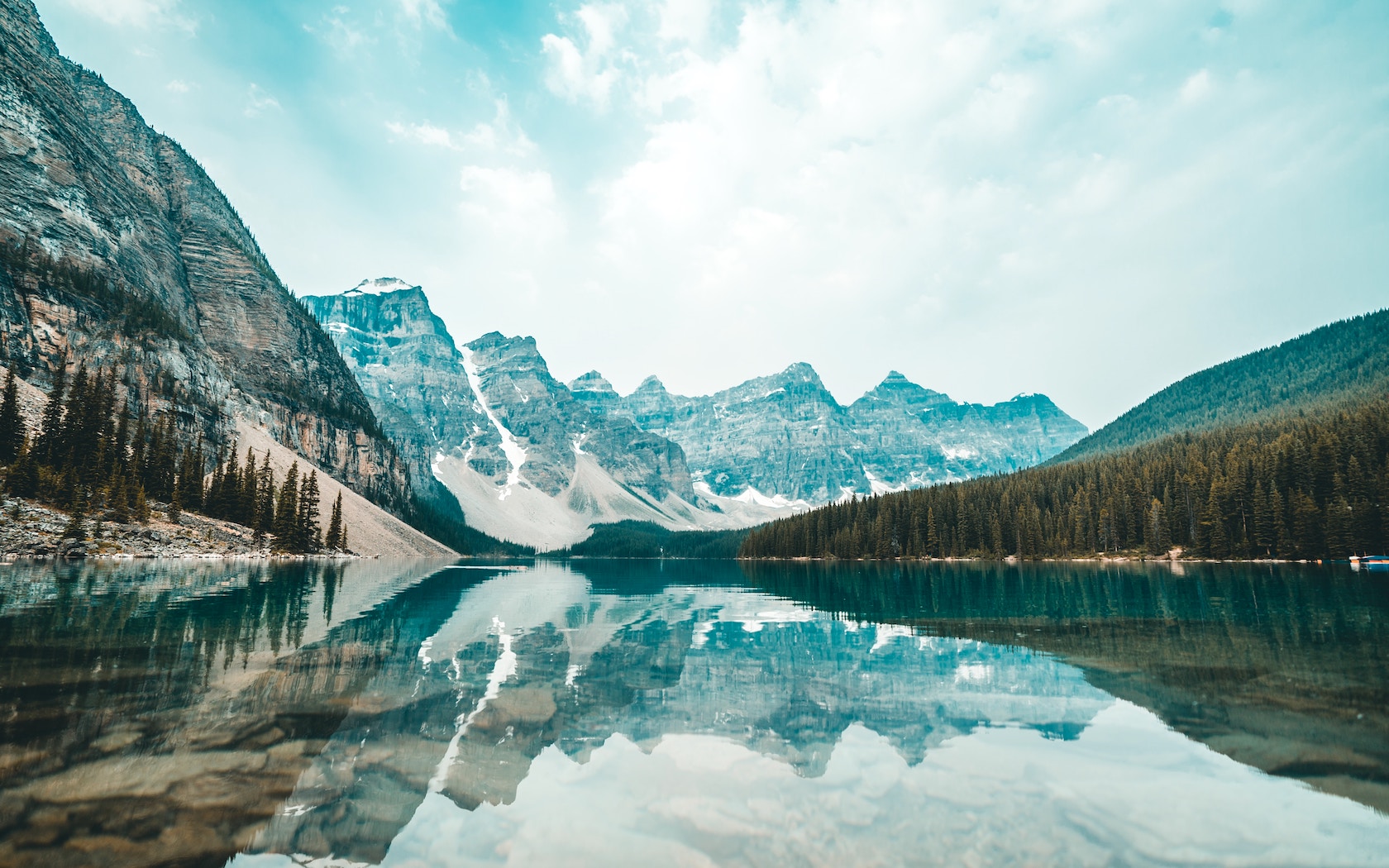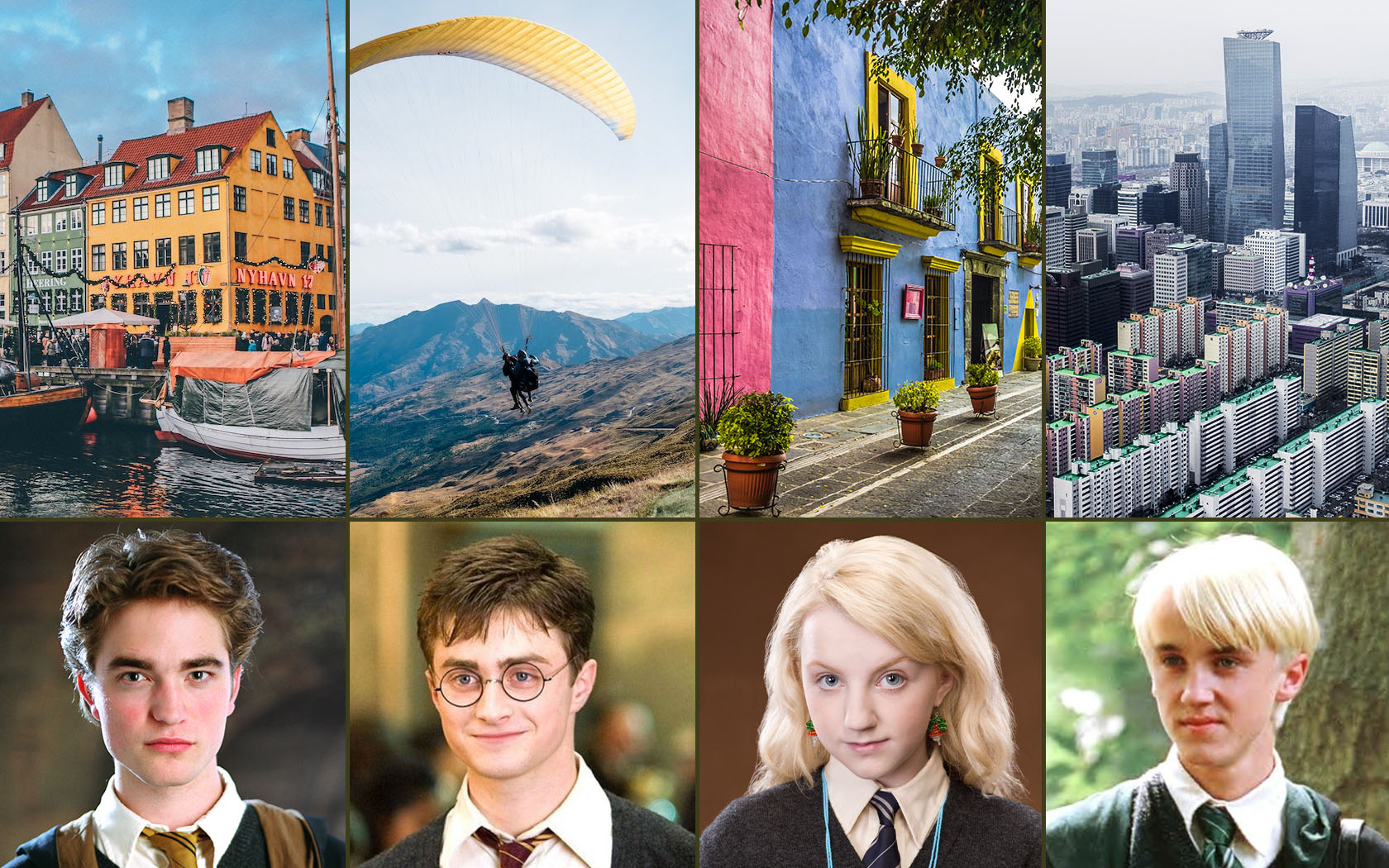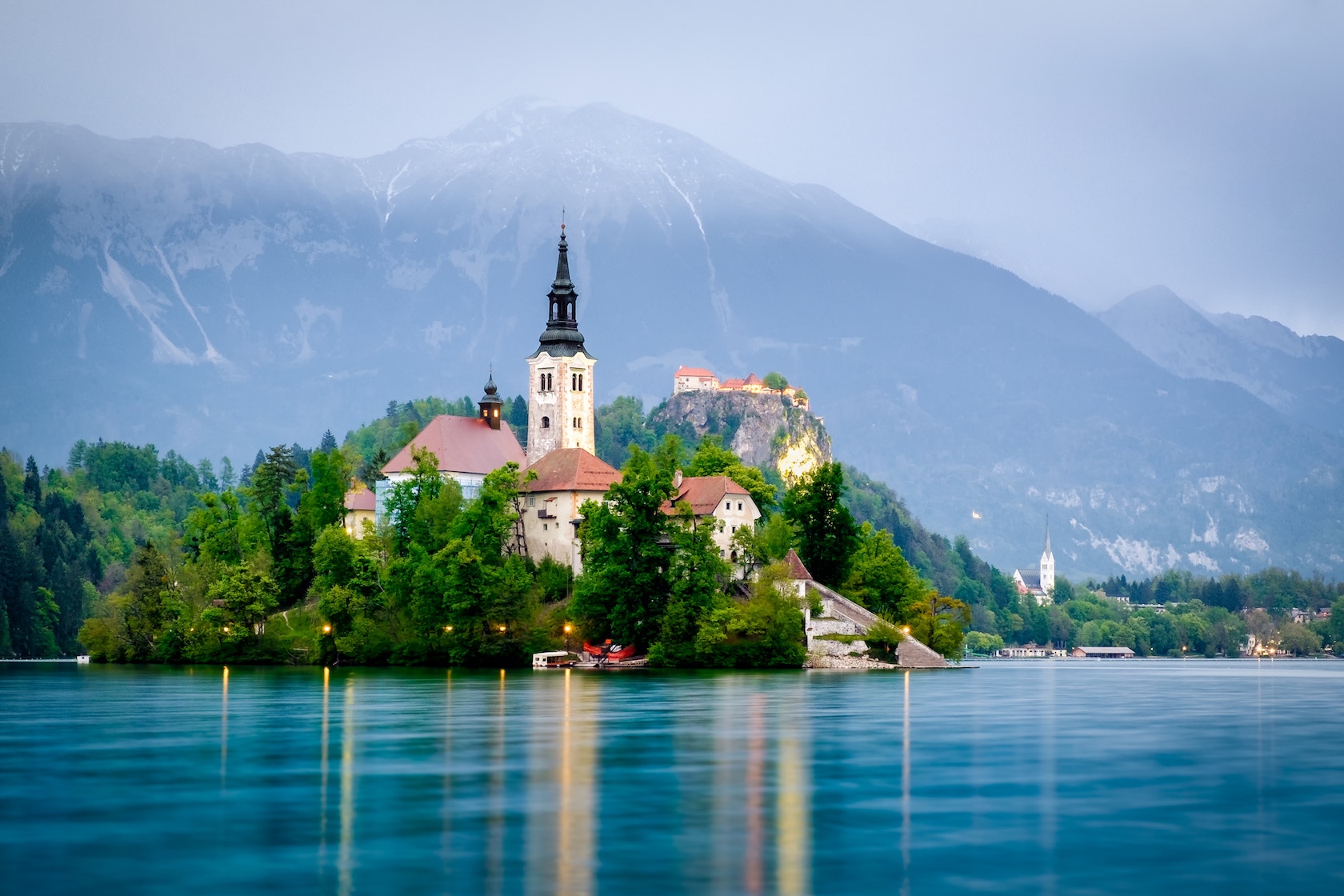18 Fairytale Destinations You Can Visit IRL
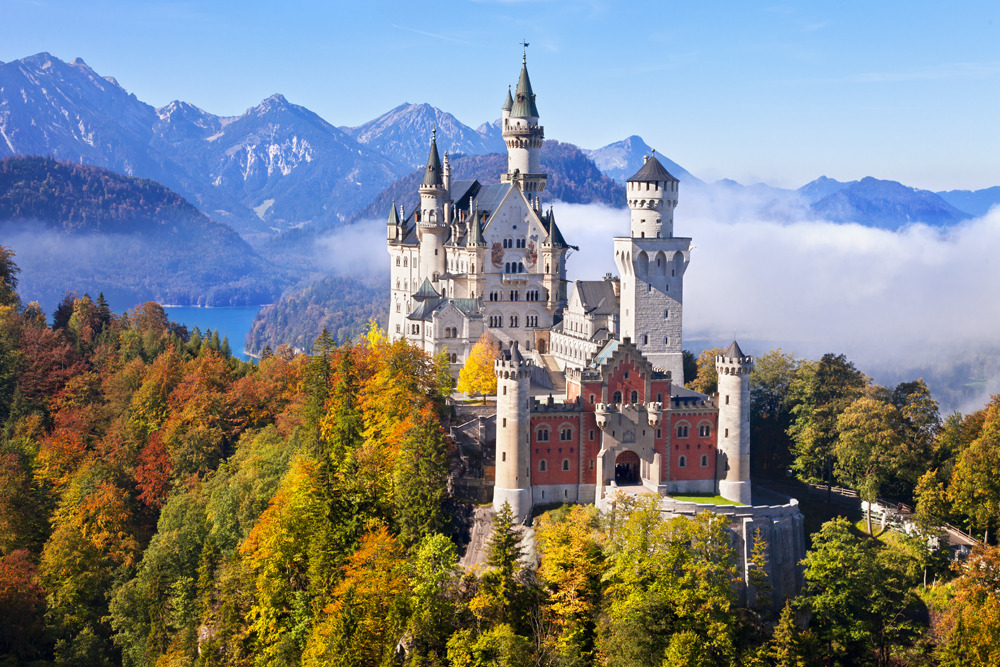
Rebecca Russo is a freelance writer, editor, community radio dabbler,…
A cotton candy castle, a crooked forest and a medieval palace built high on a hill: not only do these locations exist in the pages of a fairytale, fable or Walt Disney script, they also exist in our reality, and they’re totally worth a visit.
[listicle]Plitvice Lakes National Park, Croatia

We’ve waxed lyrical about this place before, and for good reason. Plitvice is an incredible slice of magic found in central Croatia. While we often see its 16 tumbling lakes flanked on either side by sun and summer tourists, there’s another side of Plitvice that’s very rarely seen – its wintry side.
Those mineral-rich pools are still equally as impressive when served up with a side of spectral snow, hey?
Saint Basil’s Cathedral, Russia

Saint Basil’s Cathedral is an elaborate church found in Red Square in Russia’s capital, Moscow. The building, which now functions as a museum, was completed in 1561 on orders from Ivan the Terrible (the actual name for the grand prince of Moscow at the time) and commemorates the capture of Kazan and Astrakhan territories.
Image: Sami C / Flickr
Giethoorn, Netherlands

Giethoorn is a village without roads; instead this town features a series of small waterways that guide boats toward houses, establishments and city architecture. “Venice of the north” as they call it, Giethoorn was founded in 1230 and is a popular tourist spot for weary city-clickers seeking some peace and quiet.
Authors, poets and general deep thinkers are also known to stop by the Dutch town for some storybook inspiration.
Image: K.K. Chu / Flickr
Pena Palace, Portugal

A Romanticist castle with one hell of a colour scheme, Pena Palace should be on your list of Portugal must-sees. The castle stands on top of a hill in the Sintra region (which with its many palaces, all looks as though it’s straight out of a fairytale), and on a clear day you can see its red, blue and gold façade all the way from Lisbon.
Image: Taryn Stenvei
Petra, Jordan

They say Petra was built as early as 312BCE, but was only made known to the western world in 1812, when it was “discovered” by Swiss explorer Johann Ludwig.
The city was described by poet John William Burgon as “a rose-red city half as old as time,” but you probably recognise Petra from its starring role in Indiana Jones and the Last Crusade.
Image: Dennis Jarvis / Flickr
Pamukkale, Turkey

In Turkish, Pamukkale means “cotton castle”, and there couldn’t be a more fitting name for this natural marvel. This fluffy marshmallow wonder was actually shaped by nature – nutrient-rich hot thermal water from a set of nearby springs runs over the shelves of white calcite rock, depositing calcium carbonate as it goes.
That then hardens to forms the white travertine rock you see here. Man, nature is awesome.
The Avenue of the Baobabs, Madagascar

The Avenue of the Baobabs is one of Madagascar’s most treasured sites, where 800-year-old Baobab trees stand in isolation in the country’s farmlands. The trees are the legacy of the once dense tropical forest that thrived on Madagascar years ago – this species of Baobab is endemic to this region with only 20 or 25 trees still left standing.
Image: Tee La Rosa / Flickr
The Meteora Monasteries, Greece

The six Meteora Monasteries are found high in the mountains of the Plain of Thessaly in Greece. The word metéora translates to “middle of the sky” or “suspended in the air”, which is pretty fitting seeing as these isolated buildings were originally (and maybe deliberately) designed to be difficult to access.
While no one is certain when the monasteries were built, it’s estimated that it was around the 14th to 16th century when a rudimentary monastic state had formed in the region and the remote buildings served the monks and nuns of the Eastern Orthodox Church.
Photo: Discover Greece
The Glade at Sketch, London

Escape into a Midsummer Nights Dream forest at London’s iconic Sketch, and their exquisite woodland bar The Glade. Breakfast, tea and evening cocktails are served in a découpage forest created by artists Carolyn Quartermaine and Didier Mahieu.
The forest, with its delicate ’50s rattan furniture, creates a kind of modern fairytale romance that’ll keep you buzzing well after the last drink is poured.
Mont Saint-Michel, France

Quite possibly one of the most iconic locations in all of France, Mont Saint-Michel stands on a tidal island 600 metres from the coast of Lower Normandy.
The monastery features strategic fortifications which date back to the 8th Century; today the island has a population of around 44 people. Definitely putting my hand up to be the 45th.
Image: Nicolas Raymond / Flickr
The Crooked Forest, Poland

A strange and eery woodland exists in a small corner of western Poland. Here, all 400 pine trees have a sharp 90-degree bend at their base, before sweeping back up into an upright position.
Nicknamed the “Crooked Forest”, scientists still don’t know what has caused the trees to form in this peculiar way.
Paro Taktsang Monastery, Bhutan

Paru Takstsang is a prominent Himalayan Buddhist sacred site located on a cliffside in the upper Paro Valley of Bhutan. Hanging over a 3120 metre drop, the monastery is said to be where the ‘second Buddha’ Guru Padmasambhava meditated for three years, three months, three weeks and three hours in the 8th century.
To reach the site, visitors must hike tough mountain trails across the valley below.
Photo: Arian Zwegers / Flickr
Taj Mahal, India

You’ve seen the pictures, but they could never do this place justice. The inimitable Taj Mahal is a marble mausoleum and a celebrated symbol of India. Construction of the white palace was completed in 1653, and it became a UNESCO Heritage Site in 1983.
The Castelul de Lut Valea Zanelor, Romania

If the name doesn’t sell it for you, the pictures certainly will. This rustic cottage in rural Transylvania looks like it’s been ripped right from the pages of a storybook, complete with thatched wooden roofs, tall pointy ceilings and a killer location.
The newly constructed 10-room hotel has just opened its (uniquely shaped) doors to guests for the first time. Fun fact: “Castelul de Lut Valea Zanelor” aptly translates to the Clay Castle of the Valley of the Fairies.
Image: Castelul de Lut
Yellow fields of gold, Moyston, Victoria

Canola crops sure do look magical, hey? These bad boys are found in the charming town of Moyston, between Ararat and Halls Gap in Victoria (homegrown fairytales, yay!).
Spring is the only time to capture these golden glories and be sure to wear your best frolicking shoes – there’s going to be one hell of a photoshoot once you get there.
Image: Kate McCabe
Neuschwanstein, Germany

The reclusive King Ludwig II used the Neuschwanstein Castle as his retreat from the world at large – and you can see why it remained his private hiding hole until his death in 1886. This place is pretty. Very, very pretty.
The castle looks like it’s been plopped onto its hill from the sky. As many as 6000 tourists visit the prestigious castle per day to live out their Cinderella fantasies.
Image: Pedro Paulo Boaventura Grein / Flickr
Las Lajas Sanctuary, Colombia

From the picture alone you’d be forgiven for assuming this dramatic church was in Central Europe rather than South America, but Las Lajas Sanctuary is a treasured site to visit near Colombia’s southern border with Ecuador.
Found inside the canyon of the Guáitara River, the impressive basilica was built between 1916 and 1953 and sits on a 40-metre tall bridge that connects both sides of the valley.
Vaadhoo Island, Maldives

Aptly named the “Sea of Stars“, this optical delight mirrors the night sky above in spectacular fashion. Not to ruin the illusion of a magical beach and all, but the “sea stars” are actually phytoplankton – the bioluminescent marine microbes emanate a bluish glow from a special cell in their membrane which creates this glittery illumination.
You can best see this marine phenomenon during moonless nights, when a glow-in-the-dark rave is just what the doctor ordered.[/listicle]
Rebecca Russo is a freelance writer, editor, community radio dabbler, occasional hiker and autobiography enthusiast. She has written for online publications including Junkee, The Cusp, Fashion Journal and Tone Deaf. Find her online here.




